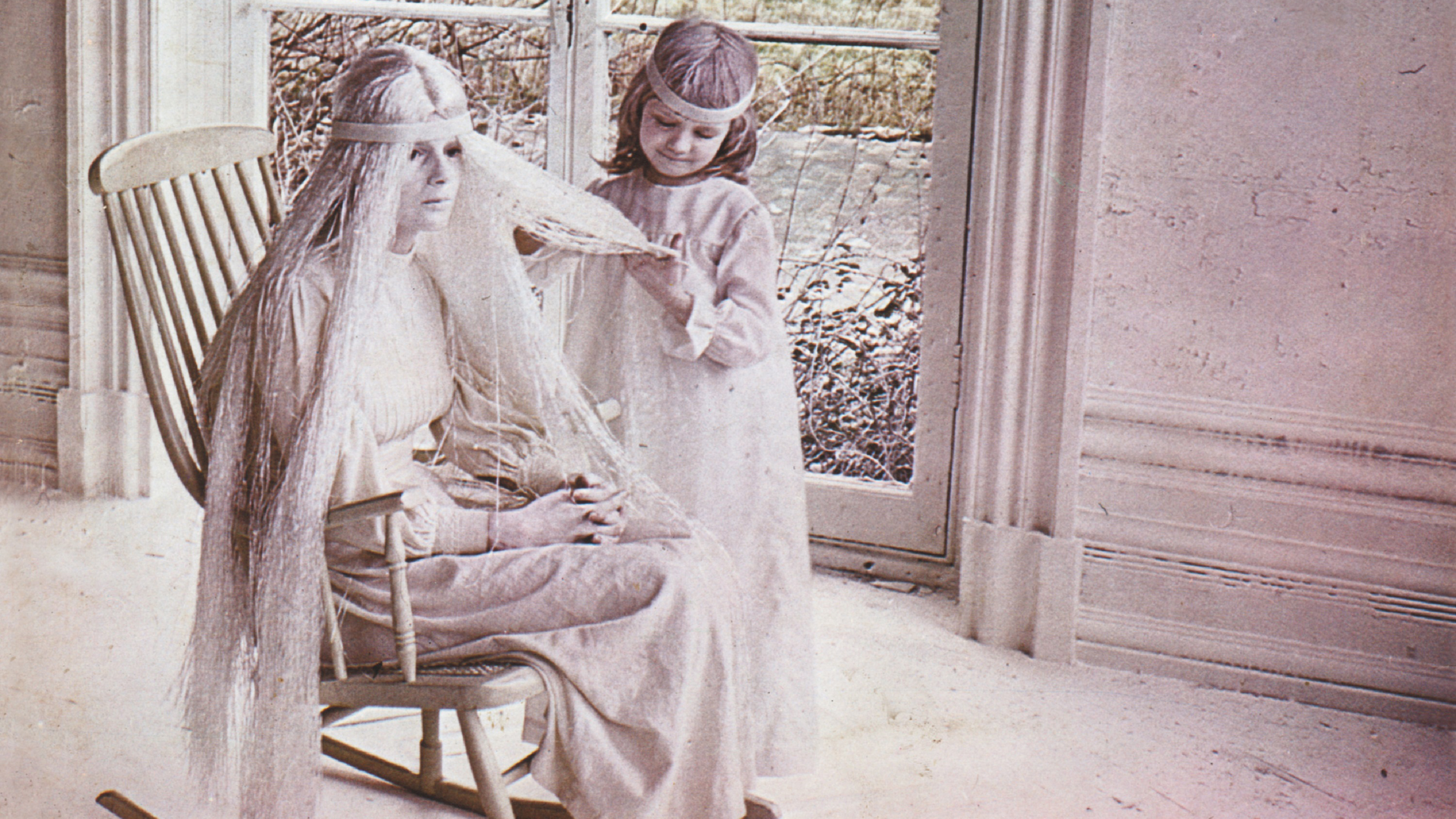In the late 60s and early 70s, Nirvana became the textbook definition of the kind of post-hippie rock that punk sought to kill off a few years down the line. What they lacked in success they made up for in a roaring sense of self-confidence.
They were in a state of flux when 1971’s Local softwareuiphraseguid=“5ab34c01-ce21-4a47-b391-e5540c118af5”>Anaesthetic (5⁄10) was recorded. In fact, with the departure of co-founder Alex Spyropoulos, it was entirely under the control of Patrick Campbell-Lyons, who used it as an opportunity to explore the proggiest corners of his imagination. Modus Operandi takes up the entire first side, and is a bloody-minded clash of jazz squawks, loose rhythms, nonsensical lyrics and in-studio twatting about, the disparate fragments of ideas jarring awkwardly against one another. Side two’s Home suite is a little easier to swallow thanks to a more logical flow and some actual tunes.
Songs Of Love And Peace (6⁄10) from 1972, in contrast, finds them in a much more amiable frame of mind, opener Rainbow Chaser (their biggest hit – it reached No.34 in the UK charts) finding them on funky form with a chorus of horns and boogie-friendly keyboards. Campbell-Lyons’ simple vocal style is bolstered with orchestral flourishes that scream of their era, the whole thing trapped in patchouli-scented amber forevermore.

